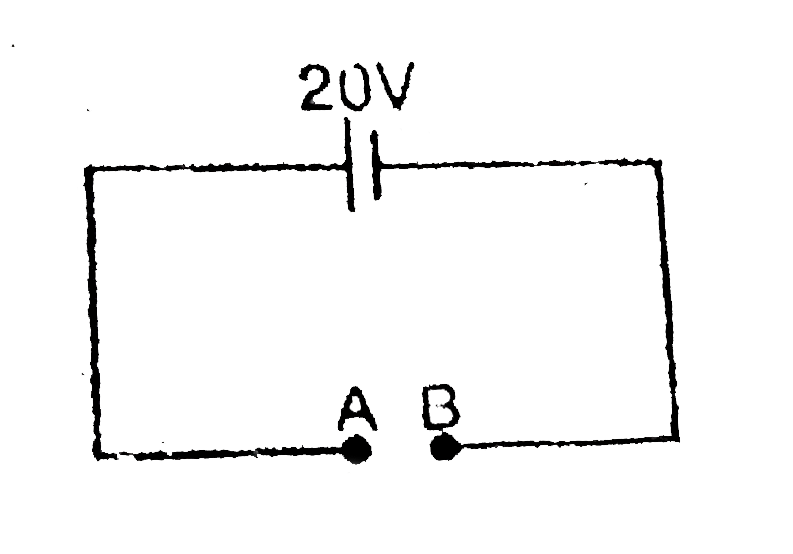Determine True or False. Electrons in a conductor have no motion in the absence of a potential difference across it.
To determine whether the statement "Electrons in a conductor have no motion in the absence of a potential difference across it" is true or false, we can analyze the behavior of electrons in a conductor under different conditions.
1. Understanding Electron Motion:
- In a conductor, electrons are not stationary. They are always in motion due to thermal energy, even when no external potential difference is applied.
2. Random Motion of Electrons:
- In the absence of a potential difference, electrons move randomly in all directions. This random motion is due to thermal agitation and does not result in a net flow of charge in any specific direction.
3. Net Displacement:
- Although electrons are in constant motion, their net displacement over time is effectively zero when no potential difference is applied. This means that while they are moving, they do not have a preferred direction of movement.
4. Effect of Potential Difference:
- When a potential difference is applied across a conductor, it creates an electric field that causes the electrons to drift in a specific direction, resulting in a net current. This is different from their random motion in the absence of a potential difference.
5. Conclusion:
- The statement in question claims that electrons have no motion in the absence of a potential difference. This is incorrect because electrons do have motion; they are simply not moving in a directed manner. Therefore, the statement is False.
Final Answer:
False
- In a conductor, electrons are not stationary. They are always in motion due to thermal energy, even when no external potential difference is applied.
- In the absence of a potential difference, electrons move randomly in all directions. This random motion is due to thermal agitation and does not result in a net flow of charge in any specific direction.
- Although electrons are in constant motion, their net displacement over time is effectively zero when no potential difference is applied. This means that while they are moving, they do not have a preferred direction of movement.
- When a potential difference is applied across a conductor, it creates an electric field that causes the electrons to drift in a specific direction, resulting in a net current. This is different from their random motion in the absence of a potential difference.
- The statement in question claims that electrons have no motion in the absence of a potential difference. This is incorrect because electrons do have motion; they are simply not moving in a directed manner. Therefore, the statement is False.
False
Topper's Solved these Questions
- DC CIRCUITBook:VMC MODULES ENGLISHChapter:DC CIRCUITExercise:LEVEL-1 JEE MAIN ARCHIVE
Explore 93 Videos
- CURRENT ELECTRICITYBook:VMC MODULES ENGLISHChapter:CURRENT ELECTRICITYExercise:IN-CHAPTER EXERCISE-F
Explore 10 Videos
- DYNAMICS OF A PARTICLEBook:VMC MODULES ENGLISHChapter:DYNAMICS OF A PARTICLEExercise:JEE Advance (Archive) Level - II (SINGLE OPTION CORRECT TYPE )
Explore 31 Videos
Similar Questions
Find the potential difference across C2.

View SolutionAssertion : Inside a conductor, electrons have no motion in the absence of some potential difference across it.
Reason : In the absence of potential difference no electrostatic force will act on the electrons inside the conductor.
View SolutionIn the network shown below , potential difference across CD is

View SolutionIn the circuit shown in figure potential difference across

View SolutionName a device that helps to maintain a potential difference across a conductor.
View SolutionThe average velocity of electrons in a conductor in the absence of electric field is
View SolutionIn the shown circuit, what is the potential difference across A and B

View SolutionHow does the mobility of electrons in a conductor change, if the potential difference applied across the conductor is doubled, keeping the length and temperature of the conductor constant ?
View SolutionHow is the current flowing in a conductor changed if the resistance of conductor is doubled keeping the potential difference across it the same ?
View SolutionDerive the expression for the current density of a conductor in terms of the conductivity and applied electic field. Explain with reason how the mobility of electrons in a conductor changes when the potential difference applied is doubled, keeping the temperature of the conductor constant.
View Solution

